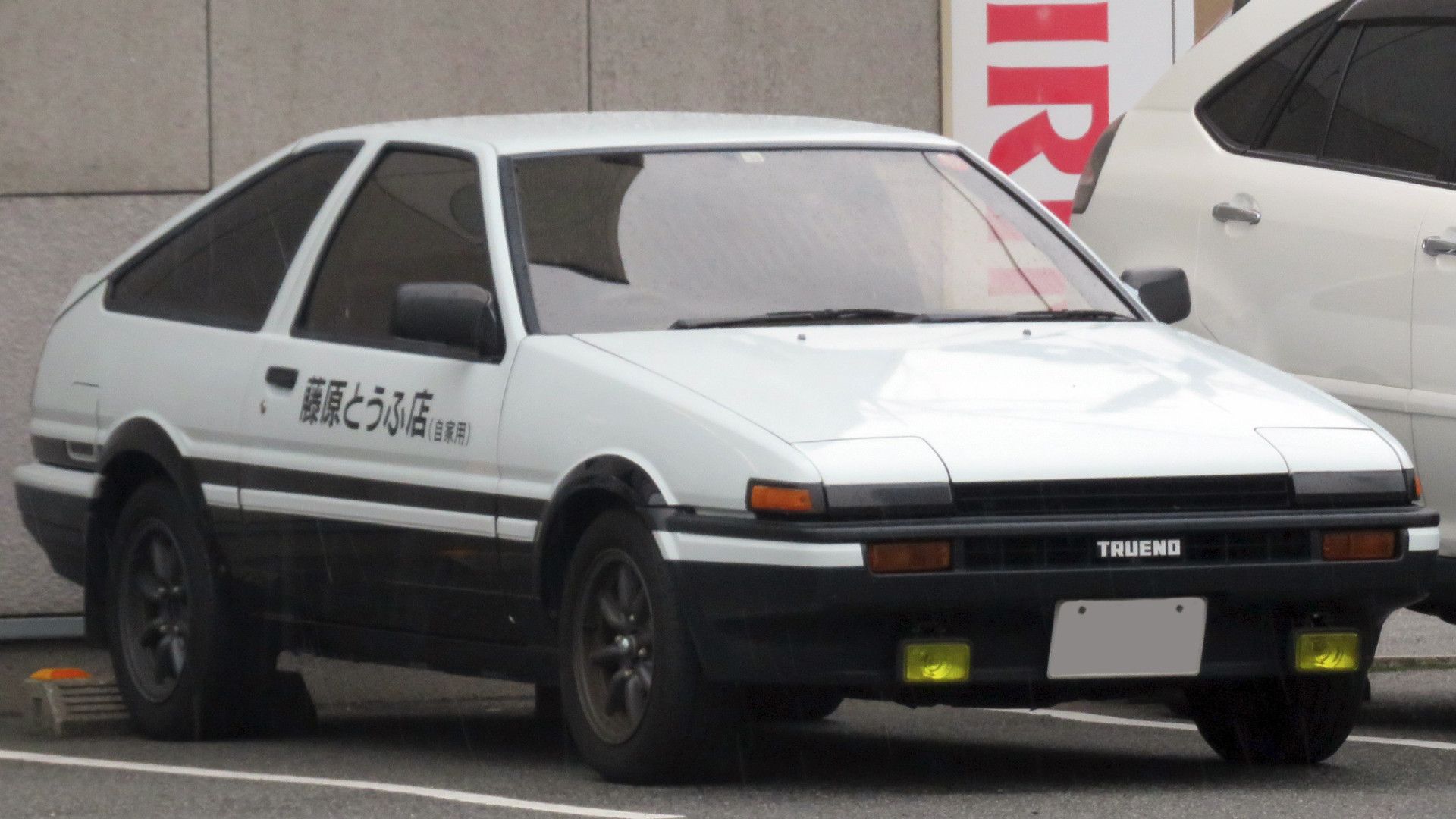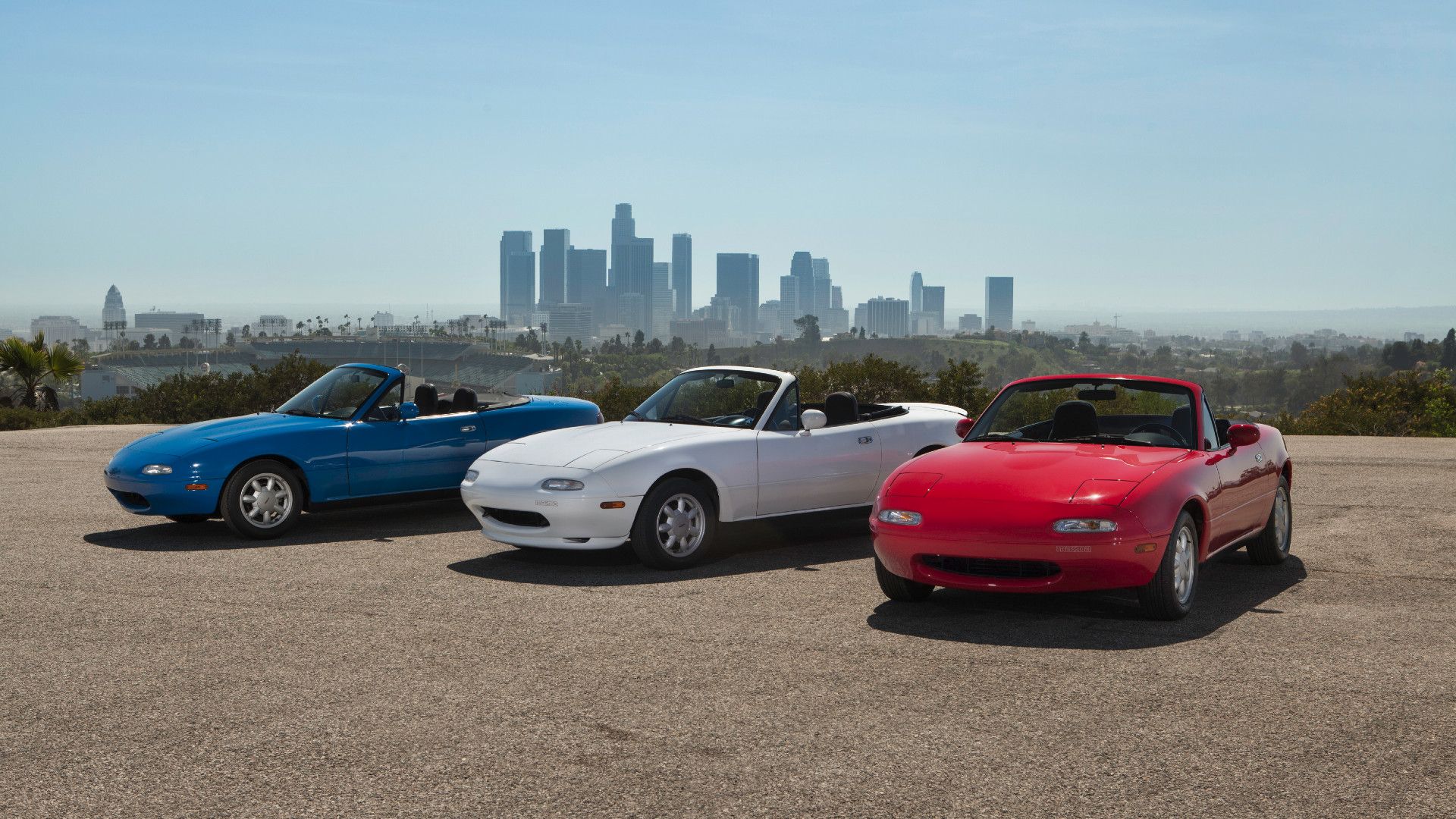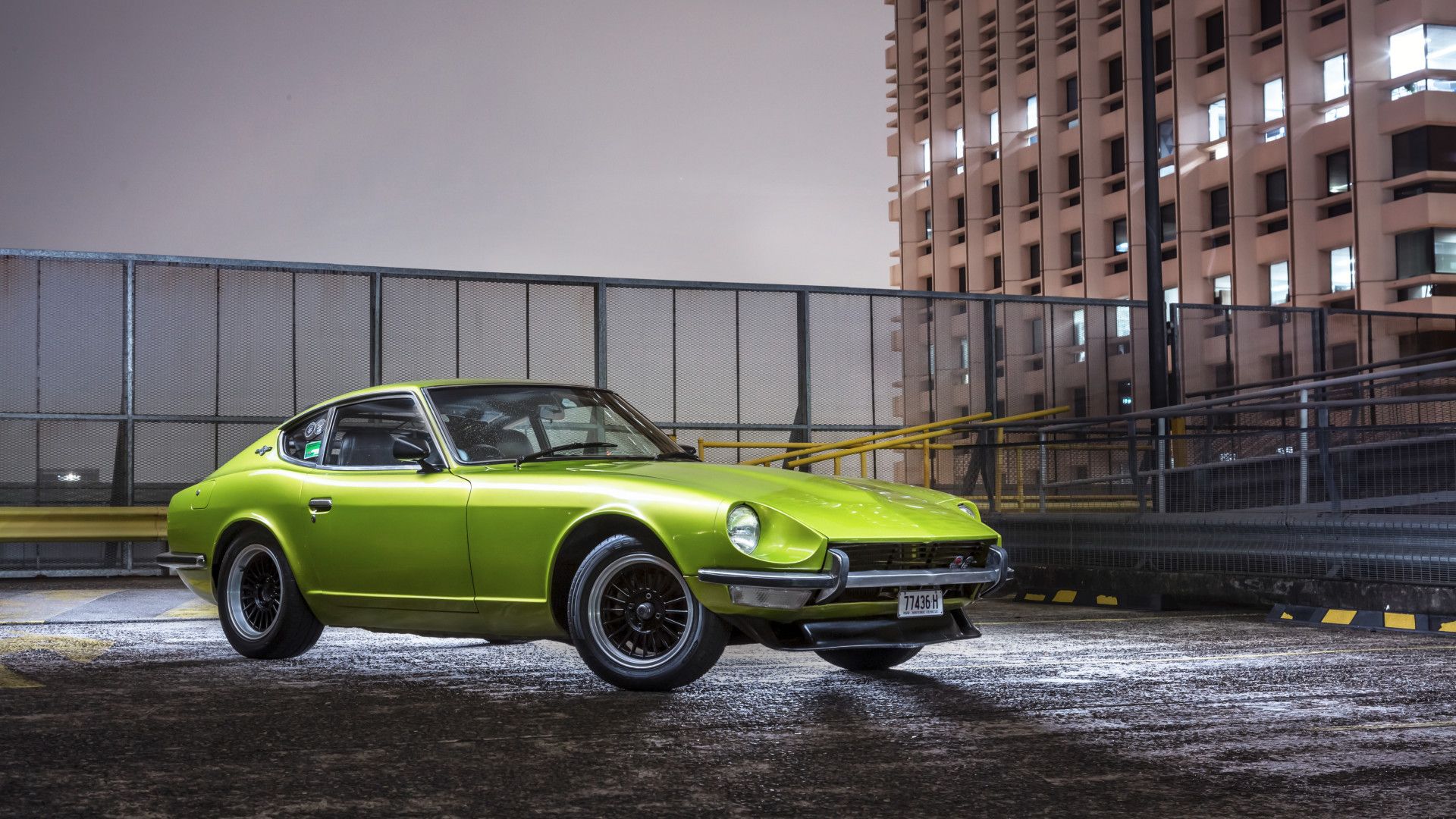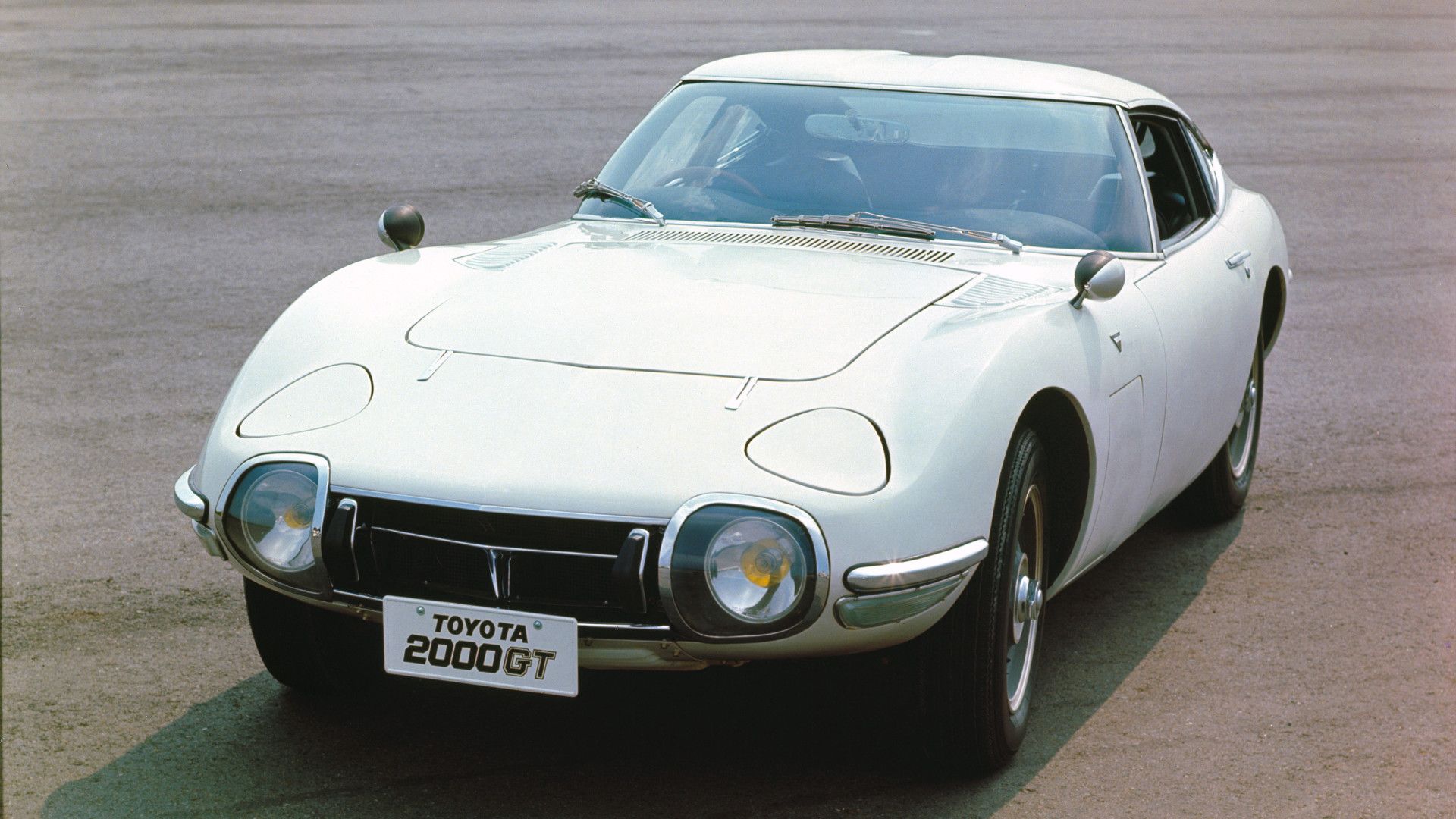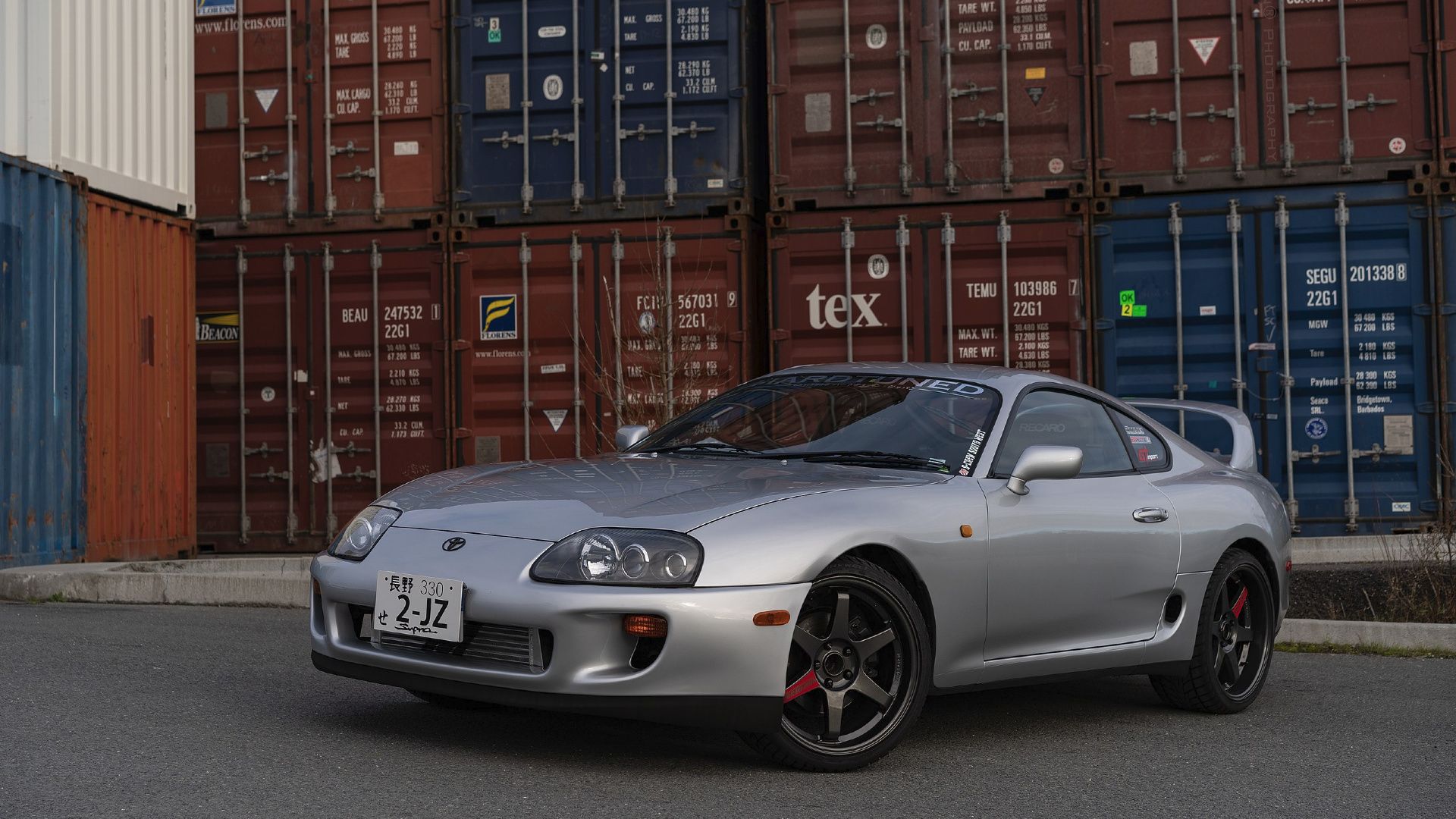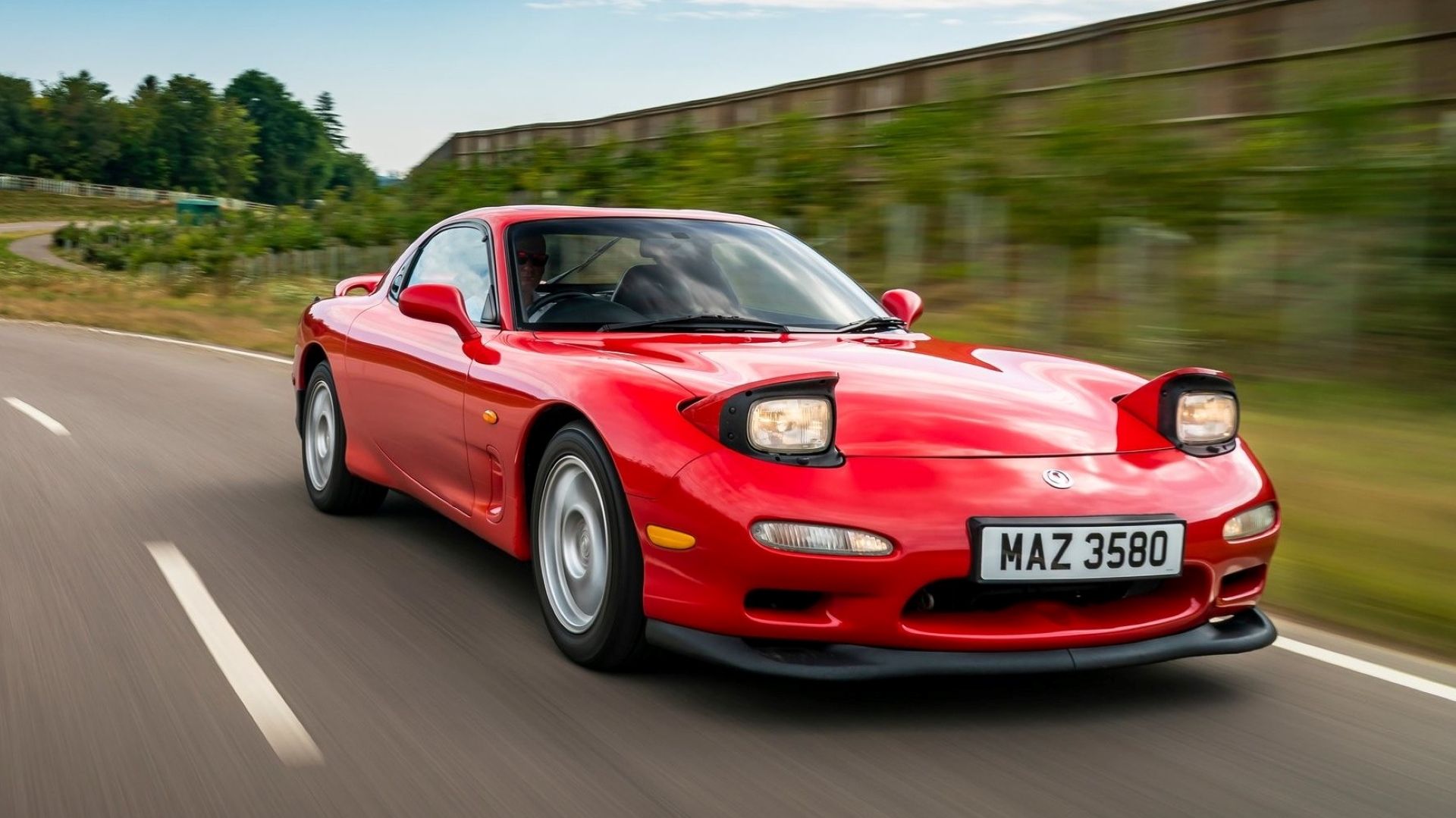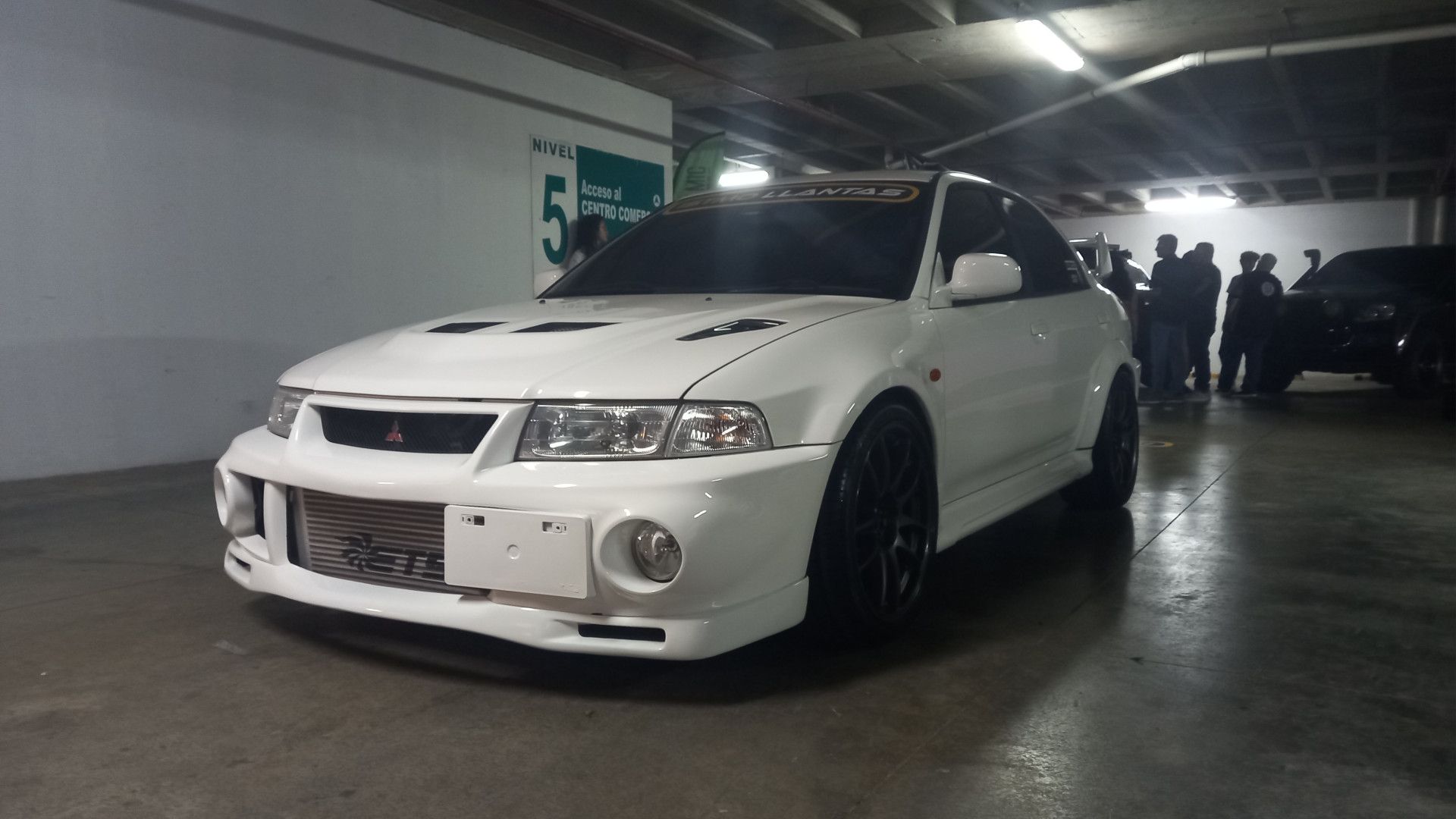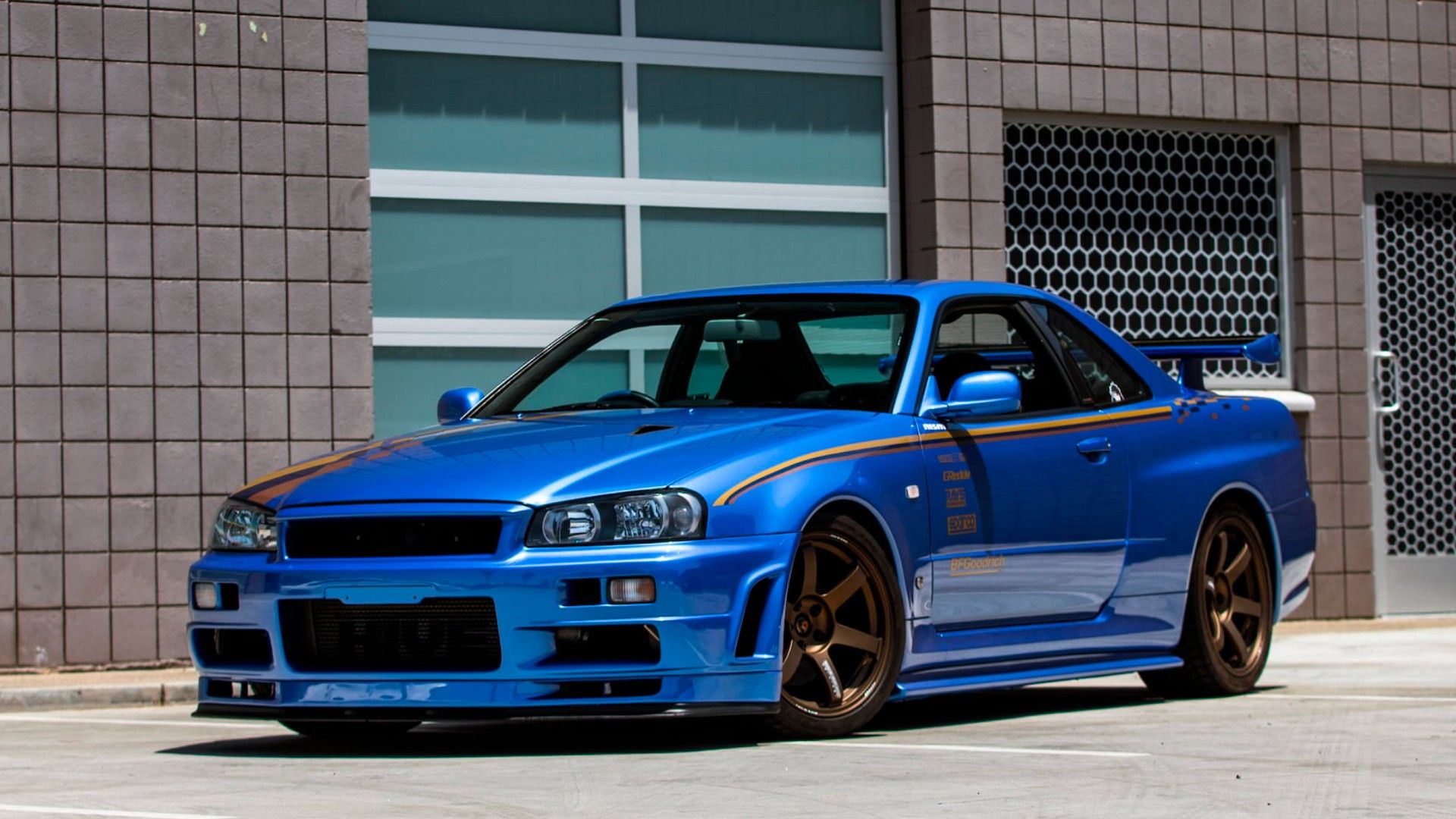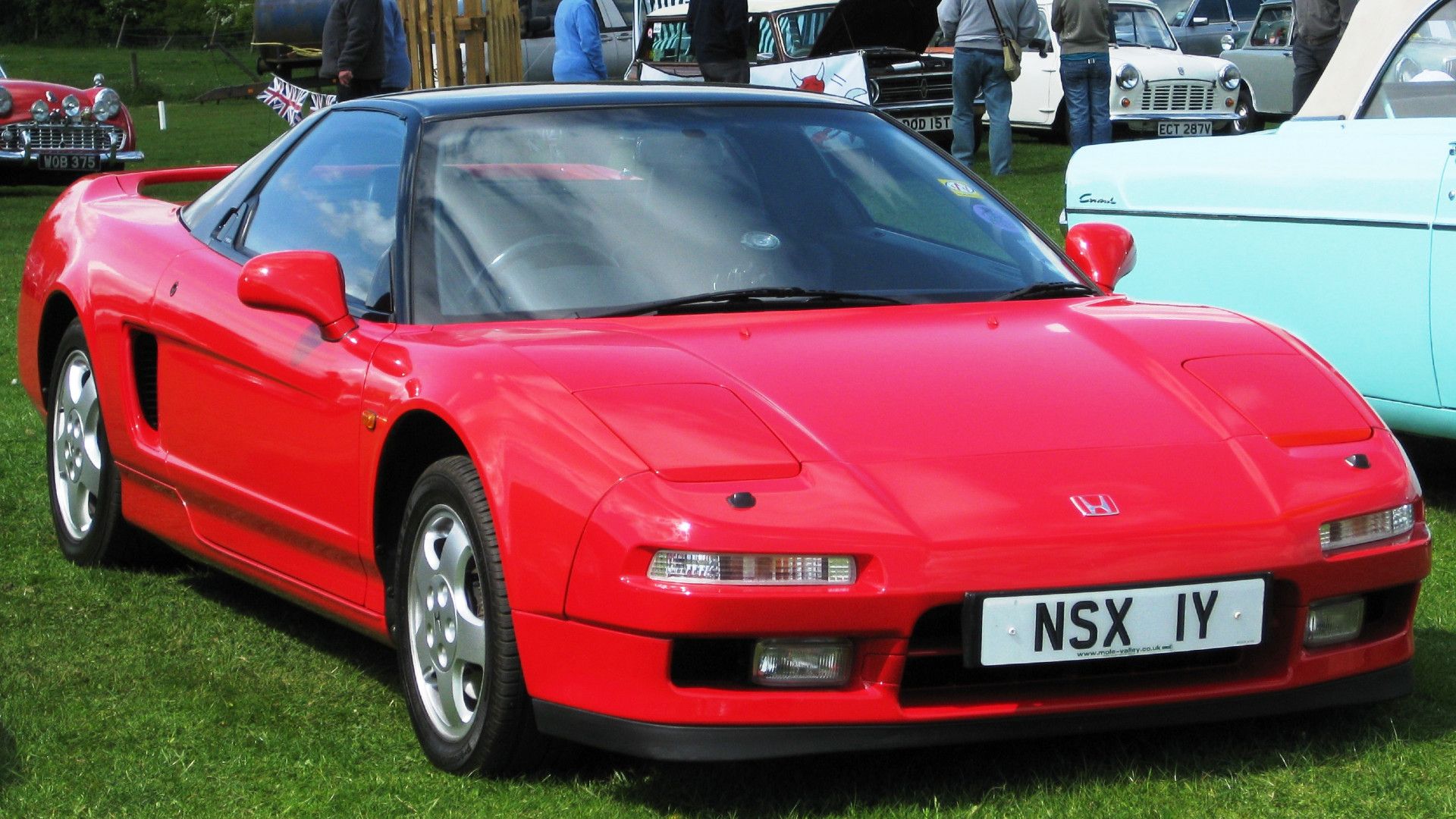Summary
- Japanese carmakers dominate the list of the best sports cars of the last 25 years, showcasing their ability to produce iconic and high-performing vehicles.
- These sports cars are known for their affordability compared to their European counterparts, offering better value for money while still delivering great performance and comfort.
- Japanese sports cars have high resale value, thanks to their superior build quality, engine reliability, and lower maintenance costs, making them a smart investment for car enthusiasts.
Five of the top 15 best sports cars of the last 25 years are Japanese sports cars. Meanwhile, three of the 10 most iconic sports cars of all time are also from manufacturers in the Land of the Rising Sun. Truly, Japanese carmakers continue to blaze the trail in producing sports cars that leave an indelible mark in automotive history and satisfy the need for speed of car enthusiasts.
They are known to be affordable compared to their European counterparts. For example, we can list a ton of reasons to pick an Acura NSX over a Ferrari or a Lamborghini. The starting price of the former starts at just a little over $170,000, while the latter two supercars will set you back by more than $200,000. This goes without saying that the NSX is much more comfortable to drive.
Aside from affordability, you practically get better performance at a much lower sticker price. Sports cars from Japan are known for their great build quality, engine reliability, and lower maintenance costs. Plus, you can squeeze more out of the car because they are highly tunable. If the time to let go of the car, these sports cars are known to have high resale value. Our list of top reasons to buy a Japanese sports car can go on and on, but let our samples of the best Japanese sports cars of all time below do the talking.
We collected information from different car manufacturers and reputable websites like Car And Driver, Road & Track, and MotorTrend to give your a list of the best Japanese sports cars of all time.
10 1986 Toyota Sprinter Trueno AE86
Top Speed: 121 MPH
The Toyota Sprinter Trueno AE86 is a cult hero that traces its roots in the popularity of the Japanese graphic novel Initial D and the drift culture courtesy of the Drift King Keiichi Tsuchiya and the likes of Hiroshi Takahashi and Yoichi Imamura.
Performance
| 0-60 MPH | 8.9 Seconds |
| Top Speed | 121MPH |
| Curb Weight | 2,006 Pounds |
| Horsepower | 128 Horsepower (JDM version) |
| Torque | 110 Pound-Feet (JDM version) |
Not to be confused with the AE85 that mirrors its looks, the Hachiroku or eight-six is equipped with the 1.6-liter DOHC inline-four 4A-GE powerplant. For the JDM version of the AE86, the cast-iron block cranks out 128 horsepower and 110 pound-feet of torque. The US version, unfortunately, got the less potent powerplant that outputs 114 horsepower and 97 pound-feet of torque. While there was nothing extraordinary with the suspension was well-balanced, making it fun and predictable when negotiating corners. As a tribute to the heritage of this classic, Toyota resto modded the vehicle to run on liquid hydrogen.
9 1989 Mazda MX-5 Miata (NA)
Top Speed: 121 MPH
The Mazda Miata is Japan’s answer to sports cars with a dose of European charm. During the period when roadsters were beyond the reach of most car enthusiasts, the Mazda MX-5 Miata became the affordable answer. This is still the case today, and the Miata is a Japanese sports car that continues to thrive. Its formula for success? The Mazda Miata is lightweight, reliable, and rear-wheel drive. And, of course, still comparatively cheap.
Performance
| 0-60 MPH | 8.8 Seconds |
| Top Speed | 121 MPH |
| Curb Weight | 2,094 Pounds |
| Horsepower | 116 Horsepower |
| Torque | 100 Pound-Feet |
The original MX-5 Miata (NA) was first unwrapped during the 1989 Chicago Auto Show. It rolled out as a 1990 model. The early Miatas were equipped with a naturally aspirated inline-four 1.6-liter engine linked to a five-speed manual gearbox. The powerplant of the MX-5 Miata (NA) outputs 116 horsepower and 100 pound-feet of torque. This sports car is not quick, nor is it fast, and it’s because it’s not its selling point. While its 0 to 60 time is 8.8 seconds and a top speed of 121 MPH, the combination of its 2,100 curb weight and heaven-sent weight distribution defines what driving pleasure is.
8 1969 Datsun 240Z
Top Speed: 125 MPH
If Toyota came up with the 2000GT, Nissan had the Datsun 240Z or the Nissan Fairlady Z. The 1969 Datsun 240Z began the legend of the Z Car that we know today. The two-door, rear-wheel drive sports car became more successful than its Toyota rival. During its first four years of production in the United States, more than 160,000 units of the Datsun 240Z were sold. The expressive styling of the iconic 240Z captivated car enthusiasts across the globe. The timing was perfect, too, as price tags of Corvettes and Porsches made the Datsun 240Z a perfect budget sports car alternative.
Performance
| 0-60 MPH | 8.3 Seconds |
| Top Speed | 125 MPH |
| Curb Weight | 2,302 Pounds |
| Horsepower | 151 Horsepower |
| Torque | 141 Pound-Feet |
Powering the 1969 Datsun 240Z is a 2.4-liter straight-six engine that outputs 151 horsepower and 141 pound-feet of torque. The coupe can go from 0 to 60 MPH in 8.3 seconds and reach a top speed of 125 MPH.
7 1967 Toyota 2000GT
Top Speed: 125 MPH
Toyota has been known for its reliability, but building a sports car in the 1960s seemed far-fetched for the Japanese carmaker. This was until it dared to roll out the 1967 Toyota 2000GT. With its release, the first Japanese sports car was born. Toyota hand-built 337 samples, 115 of which were exported, at a pace of eight cars per month.
Performance
| 0-60 MPH | 10 Seconds |
| Top Speed | 130 MPH |
| Curb Weight | 2,469 Pounds |
| Horsepower | 150 Horsepower |
| Torque | 130 Pound-Feet |
Aside from its sexy Coke bottle design lines that were typical during the 1960s, the 2000GT was equipped with a sporty powerplant under the hood. It borrowed a liquid-cooled, two-liter inline-six block from its Toyota Crown sedan sibling. In collaboration with Yamaha, the engine was modded to have three two-barrel carburetors and a double overhead camshaft head. The Toyota 200GT performance sheet reveals a modest output of 150 horsepower and 130 pound-feet of torque. It can hit 60 MPH from a standstill in 10 seconds and hit a top speed of 130 MPH in 24 seconds.
6 1994 Toyota Supra (A80)
Top Speed: 155 MPH
The 1994 Toyota Supra (A80) or the MkIV, beyond its spec sheets, was popularized by the Gran Turismo video game and the first installment of the Holywood blockbuster the Fast & The Furious. Prior to that, the Supra branding was first used as a suffix for a more potent version of the Celica coupe in 1978 with the A40 chassis code. The A80 featured a flowing design reminiscent of the 2000GT and had a low front profile with an optional high-rise spoiler at the rear. Compared to its predecessor, the focus of the Supra Mk4 was to trim weight in order to improve overall performance and save on fuel.
Performance
| 0-60 MPH | 4.9 Seconds (2JZ-GTE) |
| Top Speed | 155 MPH (2JZ-GTE) |
| Curb Weight | 3,560 Pounds |
| Horsepower | 320 Horsepower (2JZ-GTE) |
| Torque | 325 Pound-Feet (2JZ-GTE) |
The fourth-generation Supra is powered by the phenomenal JZ series straight-six powerplant. The naturally-aspirated version 2JZ-GE outputs 220 horsepower and 210 pound-feet of torque. Its twin-turbocharged cousin, the 2JZ-GTE, cranks out 320 horsepower and 325 pound-feet of torque. The Japanese model was limited to 276 horses and 318 pound-feet of torque. The turbocharged Supra can bring the car from a standstill to 60 MPH in just 4.9 seconds by transferring the power to the rear wheels through a six-speed manual transmission.
5 1998 Mazda RX-7 (FD3S)
Top Speed: 155 MPH
The 1998 Mazda RX-7 belongs to the third generation, specifically Series 8, cemented the legendary status of the beloved Japanese sports car. The FD3S refers to the chassis code of the RX-7 exclusively released in the Japanese market. In terms of design, the RX-7 was focused on achieving good aerodynamics, featuring smoother curves and lines with an overall futuristic vibe that’s a testament to its evolution through the years.
Performance
| 0-60 MPH | 5.1 Seconds (Type R and Type RB with Manual Transmission) 5.4 Seconds (Type RS) |
| Top Speed | 155 MPH |
| Curb Weight | 2,822 to 2,888 Pounds (Type RS and Type R) 2,888 to 2,954 Pounds (Type RB) |
| Horsepower | 276 Horsepower (Type RS and Type R) 261 Horsepower (Type RB with Manual Transmission) 252 Horsepower (Type RB with Automatic Transmission) |
| Torque | 232 Pound-Feet (Type RS and Type R) 217 Pound-Feet (Type RB) |
The incredible package of the RX-7 is completed by Mazda’s brave choice – a rotary engine with a sequential twin turbocharger. For the Type RS and Type R, the compact and lightweight powerplant delivered 276 horsepower and 232 pound-feet of torque as per the limit set by Japanese authorities. Meanwhile, the Type RB with manual gearbox sports a 261-horsepower engine, the same as the Type RB with S Package. The Type RB with automatic transmission has an engine that outputs 252 horsepower.
4 1999 Mitsubishi Lancer Evo VI
Top Speed: 155 MPH
The 1990s rally scene was ruled by tough rivals in the form of the Subaru Impreza and the Mitsubishi Lancer Evo. The latter was developed based on what the carmaker learned in its participation in the World Rally Championship. The Lancer GSR Evolution VI, or EVO VI as fondly called by car enthusiasts, was designed and engineered based on the then-existing WRC rules. It featured new aerodynamic parts, a revamped exterior, handling stability improvements, and better cooling performance.
Performance
| 0-60 MPH | Under Five Seconds |
| Top Speed | 155 MPH |
| Curb Weight | 2,998 Pounds |
| Horsepower | 276 Horsepower |
| Torque | 275 Pound-Feet |
The Evo VI is powered by a two-liter inline-four intercooler-turbocharged powerplant that produces 276 horsepower and 275 pound-feet of torque on paper. Many believe that this Japanese sports car was over 300 horses. This four-door sedan is four-wheel drive and also comes with active yaw control. The turbocharger comes with a turbine made of titanium alloy that helps lower pressure losses in the intake, improve response, and push high-end power output.
3 1999 Nissan Skyline GT-R (R34)
Top Speed: 156 MPH
The R34 Nissan Skyline GT-R retained the same RB26DETT powerplant of the R32 and R33 but it came with a shorter wheelbase and a more streamlined design that helped it push its performance further. The 2.6-liter powerplant can produce 276 horsepower, as declared by the carmaker, and 289 pound-feet of torque. The inline-six engine mated to a six-speed manual transmission helps bring the car from 0 to 60 MPH in just 4.9 seconds and a top speed of 156 MPH.
Performance
| 0-60 MPH | 4.8 Seconds |
| Top Speed | 156 MPH |
| Curb Weight | 3,395 Pounds |
| Horsepower | 276 Horsepower |
| Torque | 289 Pound-Feet |
Did you know that the Godzilla was supposed to be a mid-engine Japanese sports car? Nissan initially came up with the MID4 and MID4 II concepts that were designed to rival the Honda NSX. However, due to production line constraints, it was more practical to have a newly-developed V-6 under the hood of the R34 Skyline.
2 2001 Subaru WRX STi
Top Speed: 158 MPH
Subaru ruled the rally circuit in the mid-1990s and was the first to win the WRC manufacturer’s championship in three consecutive years (1995 to 1997). While the all-wheel drive taught a masterclass on how to handle the rally course in any kind of weather conditions, Subaru and Subaru Technica International (STi) decided to create a road version of their successful Japanese sports car in 2001. The Subaru Impreza WRX STi was born, but it was only introduced to the US market in 2004.
Performance
| 0-60 MPH | 5.1 Seconds |
| Top Speed | 158 MPH |
| Curb Weight | 3,152 Pounds |
| Horsepower | 276 Horsepower |
| Torque | 275 Pound-Feet |
The engine of the WRX STI is a two-liter turbocharged BOXER engine that produces 227 horsepower and 217 pound-feet of torque. The WRX STi also got bigger rims, stiffer chassis, and a six-speed manual gearbox. The second-generation Subaru Impreza WRX STi was produced by the Japanese carmaker until 2007 before it was replaced by the third generation of the line.
1 1991 Honda NSX
Top Speed: 168 MPH
Honda unveiled its New Sportscar eXperimental (NSX) during the 1989 Chicago Auto Show. Known as Acura NSX in North America, the 1991 Honda NSX has an all-aluminum monocoque chassis, a cockpit inspired by the F-16 fighter jet, and a suspension system tuned with inputs from the racing legend Ayrton Senna.
Performance
| 0-60 MPH | 5.7 Seconds |
| Top Speed | 168 MPH |
| Curb Weight | 3,010 Pounds (Manual) 3,098 (Automatic) |
| Horsepower | 270 Horsepower (Manual) 252 Horsepower (Automatic) |
| Torque | 210 Pound-Feet |
The mid-engined two-seater Japanese sports car with a five-speed manual transmission relies on a three-liter naturally-aspirated V-6 powerplant that outputs 270 horsepower and 210 pound-feet of torque. Meanwhile, its sibling with an automatic gearbox has an engine that produces 252 horsepower. With such a setup, the NSX can match the performance of the Ferrari 348. The execution of this rear-wheel drive beast was enough to humble the guys at the top of the food chain. In the US, Honda has retired the Acura NSX but with a fitting tribute in the form of the 2022 Acura NSX Type S that clearly shows the evolution of the vehicle.


